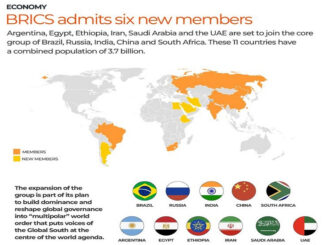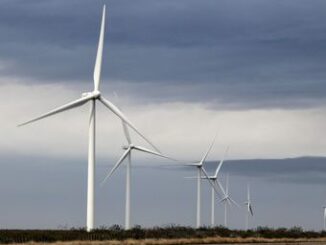
The Argentine Chamber of Mining Companies (CAEM) and the United States Assistant Secretary of State for Western Hemisphere Affairs, Brian A. Nichols, met in Buenos Aires to discuss possible cooperation avenues when it comes to critical minerals.
“At the meeting, we discussed current events related to the mining industry and also how to foster a mutual collaboration for the growth and expansion of the mining sector, placing Argentina as a strategic actor,” CAEM said in a media statement.
Since 2023, Argentina has been in conversations with President Joe Biden’s administration regarding the possibility of signing a special cooperation deal for Argentine minerals. At present, the South American nation and the northern giant do not have a free trade agreement but recent regulations allow the US to use battery components from non-FTA countries.
In addition to officials from the Chamber and the US government, including from the embassy in Argentina, the meeting was attended by representatives from Arcadium Lithium, the newly formed company from the merger of Allkem and Livent, which has operations in Argentina’s Jujuy and Catamarca provinces. Representatives from Livent itself, owner of the Fenix project in Catamarca, also attended, as well as executives from Lake Resources, which owns the Kachi project in Catamarca; Lilac Solutions, which provides commercial lithium extraction systems, and Albemarle, which controls the Antofalla project in Catamarca.
Catamarca, with its Hombre Muerto salt flat, is Argentina’s top lithium-producing province, totalling 20,000 tonnes of lithium carbonate equivalent (LCE) generated every year and hosting most of the exploration projects. Neighbouring Salta and Jujuy are also rich in the battery metal and, together, they are part of the Lithium Table, a regional government initiative that aims to standardize policies related to sustainable lithium extraction and processing.
In total, Argentina produces 34,000 tonnes of LCE annually, being the fourth top producer in the world behind Australia, Chile and China.
Recent forecasts, however, see the ‘land of tango’ reaching up to 260,000 tonnes of LCE annually by 2027, which would allow it to jump one spot and become the world’s third-largest player. This is thanks to its three active mines and 38 projects under development.
The country, together with Chile and Bolivia, is part of the Lithium Triangle, a unique stripe of high-altitude land covered with lakes and white salt flats that hosts more than half of the earth’s identified lithium resources.



